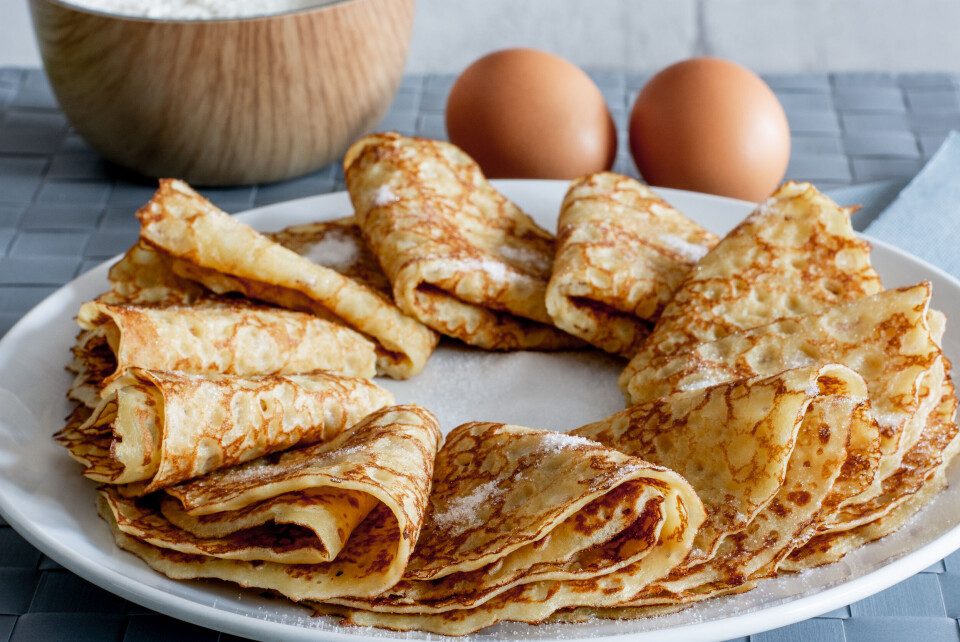-
DHL suspends high-value deliveries to US from France
The temporary measure, adopted on April 21, is the result of delays linked to increased clearance checks
-
E-gates updated in France as launch of EES checks approaches
Progress continues towards October start of delayed border checks
-
An alternative to potatoes: 'My favourite aspect of salsify is its texture'
Laura Washburn Hutton explains how to prepare this delicious seasonal plant
La Chandeleur: February 2 is France’s national crêpe day
The tradition of eating crêpes on Candlemas is centuries old, although recipes and flavours vary across the country

Today (Friday, February 2) is La Chandeleur (Candlemas), the feast day commemorating the presentation of Jesus at the Temple, and also France’s national crêpe day.
Read more: Five regional variations of French crêpes to discover on La Chandeleur
La Chandeleur is celebrated on February 2 because it marks the 40th day and end of the Christmas-Epiphany period.
Traditionally, on Candlemas Christians would bring their candles to be blessed in church before using them for the rest of the year. These blessed lights would then provide a continuous reminder of Jesus Christ, the Light of the World.
In France, La Chandeleur has been associated with crêpes perhaps since the time of Pope Gelasius I – around 490AD – when pancakes were given to pilgrims arriving from Rome.
The round shape and golden colour of crêpes can also be seen as a symbol of the sun, heralding the movement from winter into spring.
Traditions vary across the country
Crêpe recipes, appearance and taste differs depending on the area of France. For example, in Brittany you may find a galette-saucisse (sausage galette), a type of street food which consists of a savoury buckwheat pancake wrapped around a pork sausage.
This snack is especially common in the department of Ille-et-Vilaine.
In Lyon (Rhône), Savoie and parts of Ardèche, it is the matefaim or matafan which is traditionally eaten.
This thick crêpe recipe was originally made with potatoes, but today a sweet version is also made using apples.
In the principality of Monaco, meanwhile, you might find a crêpe Suzette, in which the pancakes come with a beurre Suzette sauce consisting of caramelised sugar and butter, orange juice, rind and Grand Marnier, triple sec or Curaçao liqueur, which is flambéed before serving.
The origin of this dish is not known for sure, although some say that it was created when a young assistant waiter at the Café de Paris in Monte Carlo was preparing the dessert for the then Prince of Wales and future King Edward VII and accidentally set the sauce on fire and discovered the delicious flavours his mistake had created.
In this story, the future king was eating with guests including a beautiful girl called Suzette, and this is how the name came about.
Another story claims that the recipe was named after French actress Suzanne Reichenberg, whose stage name was Suzette.
In 1897, Suzette played a maid serving crêpes at the Comédie Française. Apparently, the crêpes had been prepared by Monsieur Joseph, the owner of the Restaurant Marivaux, who flambéed them to keep them warm and pique the audience’s interest.
Related articles
Why Brittany is a crêpe hotspot
Travel France from your kitchen: Galettes de Sarrasin recipe
























